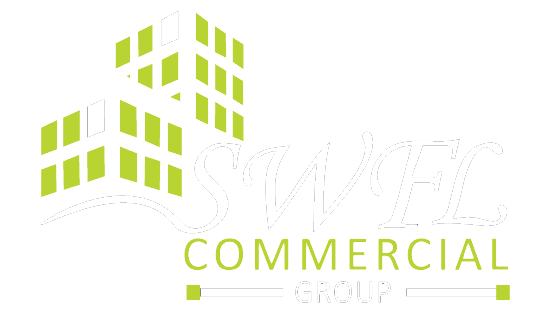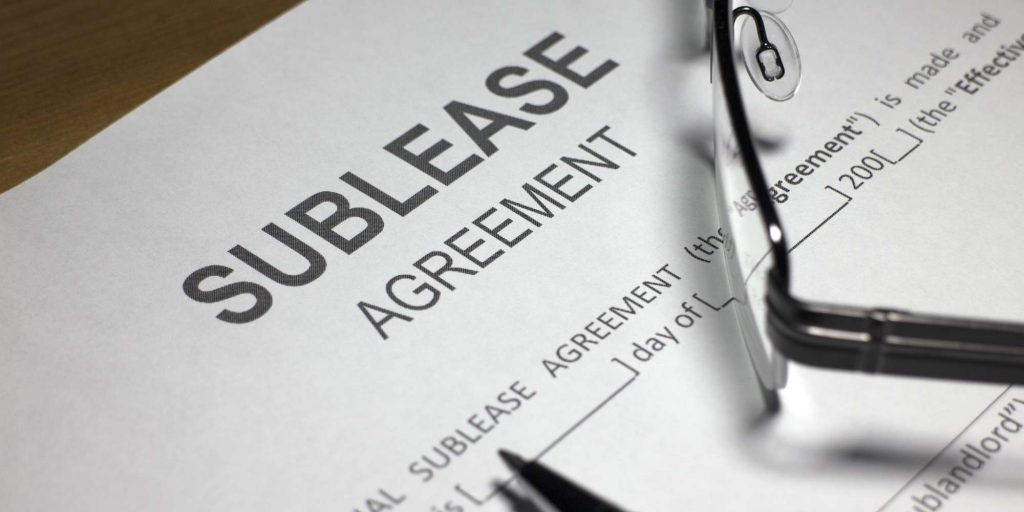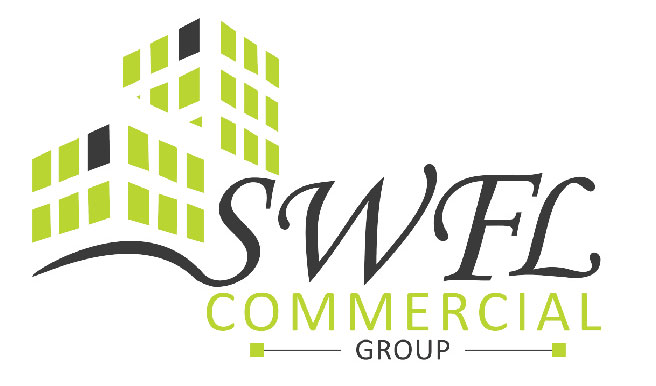A sublease is an agreement between a tenant and a subtenant to a commercial space. In practice, subleases allow the original tenant to maintain their obligations to the landlord while the subtenant uses the office space. With help from a commercial property management company, landlords can navigate these legal agreements without stress.
This article explains everything commercial property owners should know about subletting.
Is Subletting Illegal?
Florida law does not explicitly permit or restrict sublease arrangements. Consequently, individual landlords can decide whether or not they allow this practice through lease agreements.
Landlords who do not address subletting in their leases cannot prevent tenants from renting out commercial space. State court rulings also do not allow landlords to refuse subletting without a commercially viable reason. For instance:
- Explicit provisions in the lease agreement ban subletting
- Due diligence suggests the requested subtenant does not have the cash flow to pay rent
- The sublessee’s intended use of the commercial space will disrupt other tenants
Some valid lease provisions give landlords more control over the subletting process. For example, Florida landlords can require tenants to ask permission before subletting the property and receive approval for any sublessees. This agreement allows the property owner to assess each sublease on a case-by-case basis.
Tenant Obligations Remain the Same
The landlord-tenant relationship does not change once a subtenant enters the picture. The original tenant is still responsible for paying rent to the landlord. However, the actual tenant must now act as the new “landlord” to the subtenant, collecting rent and communicating any issues they may have to the property owner.
Subtenants also have the same rights listed in the original tenant’s lease terms.
A Landlord Can Choose a Subtenant
Subleases can be financially risky for landlords if they do not deal with subtenants they know. To provide more security, some property owners add provisions to their lease arrangements that give them the authority to screen potential sublease candidates for capital, business plan, financial predictions, and intended use of the space.
A Landlord Can Evict a Subtenant by Evicting the Tenant
A landlord does not have the authority to evict a subtenant directly. However, the landlord may choose to evict the original tenant if they fail to meet their lease obligations. This method removes the sublet by proxy.
Subtenants Can Pay Rent Directly to the Landlord
Tenants can legally charge their subtenants more for rent than the property owner collects, but landlords can write lease agreements that prevent this behavior. For example, they can add a provision stating that subtenants must make all rent payments directly to the property owner.
Navigate Commercial Property Management with SWFL Commercial Group
At SWFL Commercial Group, we provide world-class commercial property management services. Our professionals have over 15 years of experience in the commercial leasing industry. We offer detailed reporting, tenant outreach marketing, and space and project planning for property owners of large and small commercial spaces.
We can help you draft your sublease agreement, so you have control over the subletting process.
Contact SWFL Commercial Group in Ft. Myers, FL, today at 239-510-3606 for more information about subleases.





